(29 products available)

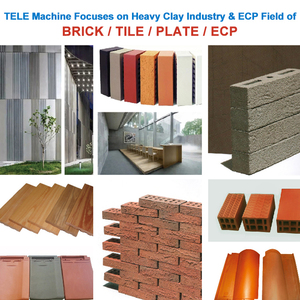

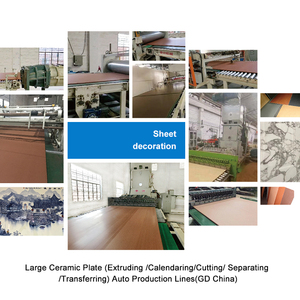





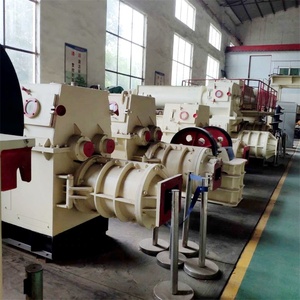


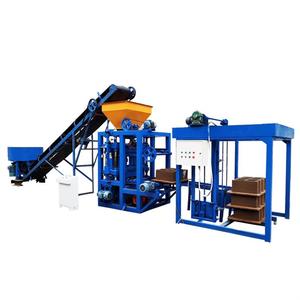




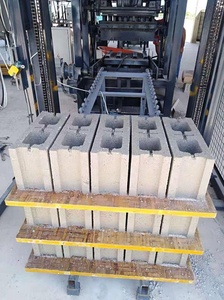



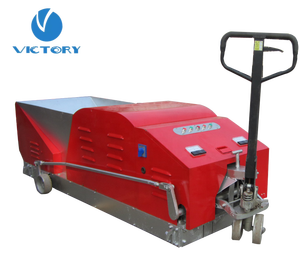





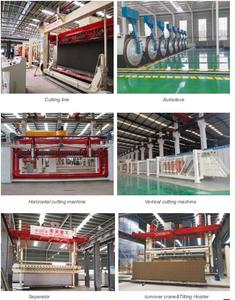


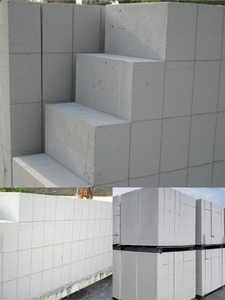





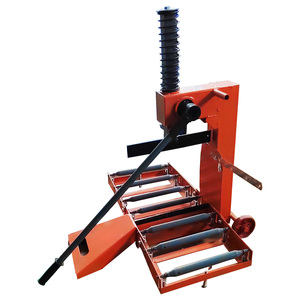



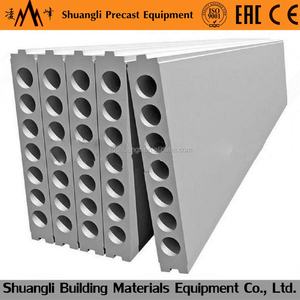


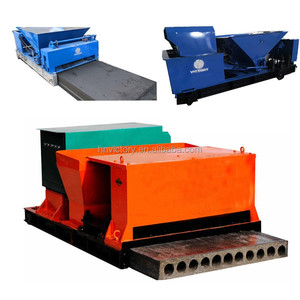
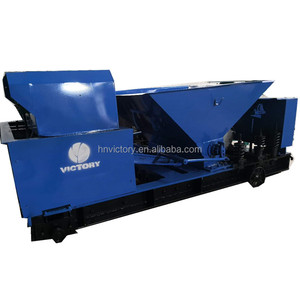
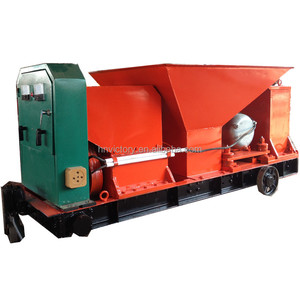

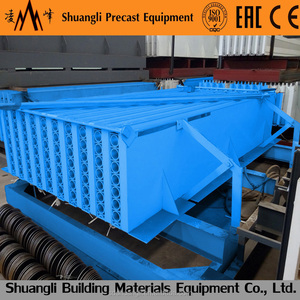
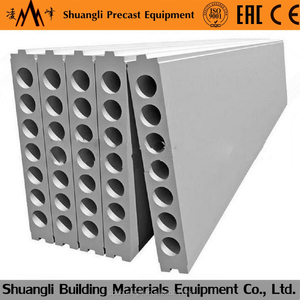




























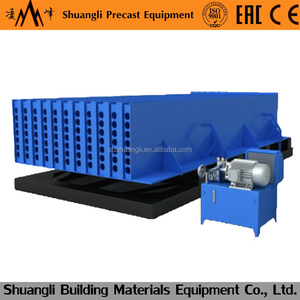
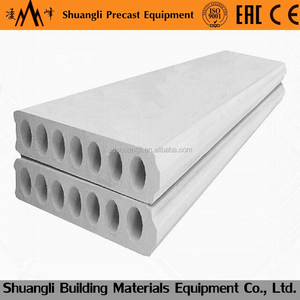






The First class brick making machine comes in different types based on technology, production capacity, and bricks produced. Here are some of them:
Manual brick making machine
It is a machine with manual control that requires physical labor to operate. With the help of a concrete mixer, the raw materials are manually fed into the machine. Then, the operator uses manual controls to regulate the machines' functions like pressing and releasing the bricks. Finally, the manually processed bricks are on hand for drying and curing. The operation of this machine requires skilled people who understand the proper techniques for making quality manual bricked products. While manual brick production requires more labor than automated methods, it can still provide employment opportunities and allow smaller workshops to use less expensive machinery.
Manual mobile brick making machine
This is a type of manual brick-making machine that offers greater flexibility and portability. Operators can easily move the device around the production site or between locations as needed. This mobility enables them to set up closer to raw material sources, reducing transportation costs and time. Depending on the brick type, they can also adjust production volumes based on demand by positioning the machine closer to sales areas. Mobile machines can benefit small-scale producers who lack fixed infrastructure. They allow producers to efficiently respond to changing market conditions by adapting production levels and locations with greater ease than stationary equipment would allow.
Hydraulic brick making machine
A hydraulic brick-making machine is a device that makes use of hydraulic power to mold bricks from various raw materials, such as clay, fly ash, and others. A hydraulic pump activates the machine, which exerts high pressure to compact and shape the materials into bricks. This process improves the density and strength of the bricks produced. There are two types of this machine: automatic and semi-automatic. The automatic hydraulic brick-making machine is operated using a computerized control system and with high technology to improve production efficiency and meet the demands of modern construction. A semi-automatic machine, on the other hand, relies on human labor and a mix of manual and automatic controls to operate.
Fully automated brick making machine
Automated brick-making machines use electric power to produce large quantities of bricks with consistent quality at low costs. They offer high levels of efficiency in large production lines without manual labor. The machines' computer systems allow for precise control over the use of raw material mixtures, pressing forces, humidity levels and other critical factors. This automation results in uniform products that meet exact specifications. Reducing human involvement also minimizes production waste and errors. Fully automated brick production is ideal for large-scale enterprises seeking to maximize output while minimizing operating expenses through continuous, automated manufacturing processes.
Capacity:
These machines have capacities ranging from a few thousand bricks per day to tens of thousands, depending on the level of automation, size, and configuration.
Raw Material Processing:
Depending on the machine's design, the processing of raw material, such as mixing, grinding, and feeding, may vary. The feeding system's efficiency may be determined by parameters such as feed speed, capacity, and feeding sizes.
Pressing System:
This system controls how the material is pressed into molds. It may involve hydraulic or mechanical presses, pressing forces, and durations. The capacity of the pressing system will determine the amount of pressure applied, which will impact the density of bricks and strength.
Molding:
Assuming the machine uses molding, the molding system will affect the size, shape, and uniformity of the molds. The quality of molds directly impacts the quality and consistency of the final bricks.
Drying and Fire Systems:
Some brick machines incorporate drying and firing functions, such as tunnel kilns or vertical kilns. These systems' specifications, such as temperature control, airflow, and kiln length, influence bricks' drying and firing efficiency.
Automation and Control:
Degree of automation and control system, including sensors, software, and programmable logic controllers (PLCs) allow monitoring and regulating the entire brick-making process.
Power and Energy:
The machine's power requirements and energy consumption will depend on the motor power used to drive various components, such as mixing, pressing, and conveying.
Regular Inspection:
Periodic inspections are critical for proper machine evaluation, including checking components to see whether there are any abnormal signs, such as loose bolts and damaged parts. Regular maintenance is also required for electrical systems and hydraulic systems.
Lubrication:
Lubricating regularly moving components and transmission parts, such as bearings and chains, can help reduce friction and ensure smooth operation.
Replacement of Wearing Parts:
Over time, the bricks produced may wear out and need to be replaced, including molds, pressure plates, feeding plates, and bearings. It is crucial to monitor the wearing parts' condition and replace them if required so the machine can function steadily and continue to produce high-quality bricks.
Cleaning:
Cleaning is essential for maintaining a brick's making machine. Clean the residual raw materials and impurities to ensure the smoothness of feeding and discharge ports, thereby reducing the likelihood of blockage.
Adjustments:
Adjust the proper parameters according to the required brick production, such as the raw material mixing ratio, weight, pressing time, and other relevant parameters.
Brick making machines cater to the growing population and urbanization worldwide by providing innovative solutions to meet the demand for construction materials.
When buying a brick-making machine, buyers should study its features, focusing on specific needs and requirements. The following tips will help buyers get the best machines for their use.
Capacity
Determine the production capacity needed based on project requirements and timelines. Different machines offer varying production capacities, so choose one that aligns with specific production goals to meet demands without causing delays.
Automation
Depending on the budget, select the level of automation that matches operational preferences and labor availability. Consider factors such as production efficiency, the complexity of the automation system, and the need for skilled personnel for operation and maintenance.
Raw Material Compatibility
Analyze the brick-making materials that will be used and the material handling system's capability. Ensure the selected machine can process the chosen materials and evaluate features like mixing efficiency, material feeding mechanisms, and adaptability to different material characteristics.
Quality Control Features
Prioritize quality control features to maintain consistent brick quality and reduce production defects. Look for machines with automatic weight monitoring, temperature control, and other quality assurance systems that help optimize production and minimize waste.
Budget
Determine the budget range for the brick-making machine and consider the total cost of ownership, including energy consumption, maintenance expense, and operating costs. Compare the features and performance of different machines within the budget to find the best value for the investment.
Q1: What plants are used to produce green brichs in a brick-making machine?
A1: Green bricks are produced using agricultural and industrial waste, such as straw, fly ash, rice husk ash, and biomass. This not only reduces the carbon footprint of brick production, but also makes better use of waste products that would otherwise go unutilized.
Q2: Explain how a brick-making machine works, step by step.
A2: The main steps in how a brick-making machine works are as follows: Mixing, Molding, Pressing, Drying, Firing, and Finishing.
Q3: How can a machine-based brick-making process be eco-friendly?
A3: A brick-making machine can be eco-friendly by using plants such as fly ash or rice husk ash instead of clay. Using waste materials reduces the carbon footprint of the machine.